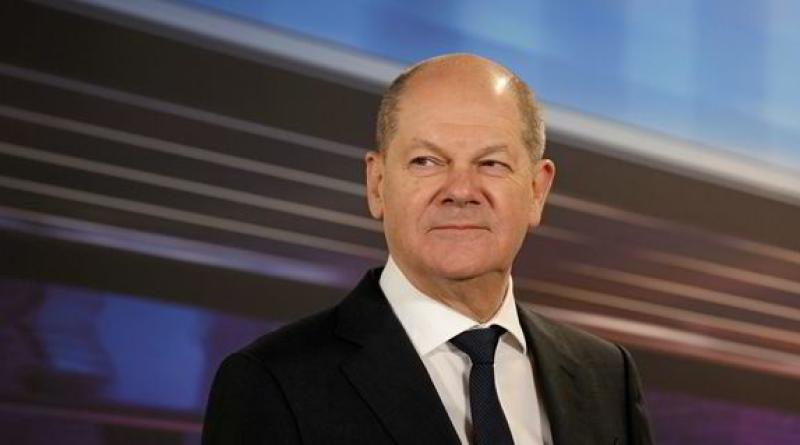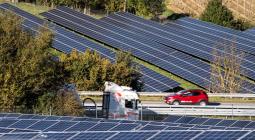'New dynamic in expansion' | Germany adds nearly 10GW of wind and solar in 2022

Europe’s largest economy installs 7.2GW of new solar and 2GW of onshore wind – but additions still too low to reach 2030 targets
Germany added close to 10GW in new net onshore wind and solar capacity last year, which brought a “new dynamic in the expansion of renewable energies” amid a flurry of legislative changes to speed up deployment, the country’s economics and climate ministry said.
Net solar PV additions are expected to have risen by 26% to 7.2GW in 2022, according to preliminary figures, the ministry said in an overview paper, pushing cumulative solar capacity in Europe’s largest economy beyond 65GW.
For onshore wind installations, the government estimates about 2GW in additions, which would be an increase of 23% from 2021, bringing the total figure of wind on land to close to 58GW. Germany’s wind industry at the beginning of last year still had hoped for 2.3-2.7GW in additions in 2022.
Some 7.8GW of offshore wind are currently installed, the ministry said, without providing any figure on annual additions.
While solar power installations are rising rapidly, the increase in the onshore wind expansion is much slower, causing concern Germany may not reach the about 10GW in annual additions seen necessary to reach ambitious 2030 climate and renewables goals.
The Socialist-Green-Liberal coalition government of Chancellor Olaf Scholz aims to reach 80% of green power in 2030, up from about 47% last year – both to reach climate targets and ease Germany's dependence on Russian energy imports.
To reach this ambitious target, the government has passed a series of laws to speed up the uptake of renewables, among them the so-called Easter Package in April 2022 that said an average of 10GW of onshore wind and 22GW of solar would need to be installed per year this decade.
A reform of Germany’s renewable energy act (EEG) that came into force on 1 January 2023, to speed up green energy deployment among other measures gives renewables the status of being in the ‘overriding public interest’, which limits possibilities for legal challenges.
But the government has created new challenges to green power investments by creating the so-called ‘electricity price brake’ law that in order to finance power bill subsidies for consumers may drastically skim off wind and solar generation revenues.




